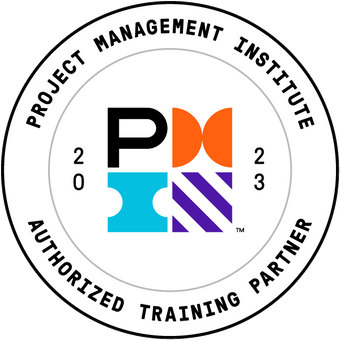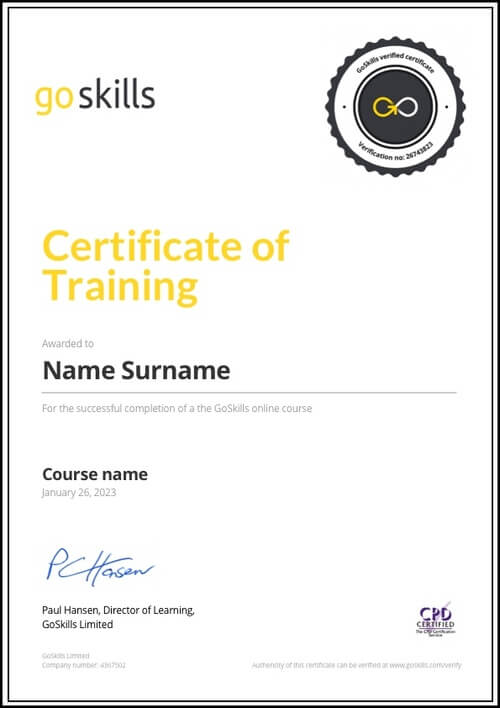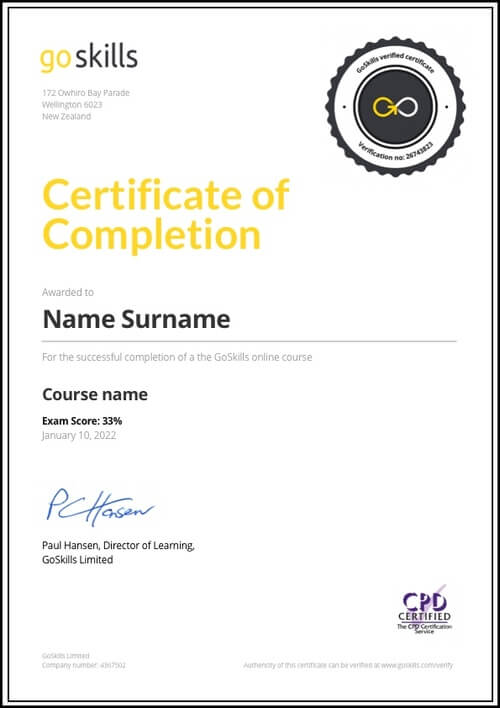Features
Premium video tutorials
Award-winning instructors
Personalized learning
Get certified
Learn at your own pace
Mobile (learn on-the-go)
Unlimited tests and quizzes
Regularly updated content
Overview
Even if your role isn’t finance-specific, you’ll benefit from strengthening your grasp of financial principles with this course. Whether learning how to craft financial reports or developing a business case, you’ll better understand the numbers driving your company’s performance and dramatically improve your professional decision-making process.
This online course will help you understand how your decisions can improve efficiency, drive successful projects, and impact the financial performance of the business.
Highlights:
- 16 lessons
- Solidify your grasp of finance fundamentals: amount, timing, revenues & profits.
- Interpret data on financial reports and how these reports impact each other.
- Identify the different categories of cost accounts for budgeting and tracking spending.
- Formulate strong estimates, and determine when to capitalize and depreciate an asset.
- Utilize ratios and measures to gain insight into profitability and performance.
- Develop a business case to provide rationale for why a project should be undertaken.
- Understand cost behavior and cost variance reporting.
- Earn 8 contact hours or PDUs toward your project management education for certification with PMI.
Once enrolled, our friendly support team and tutors are here to help with any course related inquiries.

- 720p
- 540p
- 360p
- 0.50x
- 0.75x
- 1.00x
- 1.25x
- 1.50x
- 1.75x
- 2.00x
Summary
Instructor
Syllabus
Finance Fundamentals Free Lesson
1
Amount and Timing
There are two equally important attributes of every financial transaction, the amount and the date it occurred. Both are required for financial reporting and analysis.
2
Revenues and Profits
Revenue is the amount of money that a company receives for selling its goods and services. Profit is the amount of money that a company earns after it has paid all its expenses.
Financial Reports
1
Earnings Statement Part 1
The Earnings Statement is a financial report that shows business profitability over some time period.
2
Balance Sheet Part 1
The Balance Sheet is the financial report that shows what the business is worth at some instant in time.
3
Cash Flow Statement Part 1
The Cash Flow Statement is a financial report that shows how well the company was able to convert business activity into cash over some time period.
4
Relationships Between Financial Statements
Each of the financial statements provides insight on an aspect of the business financial status and structure. These accounts across the statements are related, and changes to values will likely impact multiple statements.
Ratios and Measures
1
Profit Measures
When calculating profitability, the different profit measures provide insight into the most significant factors that are creating corporate profit or loss.
2
Return on … Ratios
Return ratios are normally used for comparing companies or comparing the past performance of a company with its present performance.
Budgeting Free Lesson
1
Cost Account Characteristics
It is important to know what category of account you are working with when budgeting and tracking spending. The different categories of accounts behave differently so knowing which category you are working with will provide insight into the budgeting and tracking process.
2
Estimating
Estimating is used when planning and budgeting business costs or revenues. The estimate needs to include both the amount and the timing of the transaction.
3
Capitalization and Amortization
Whenever a company purchases an asset with long term value, it must be capitalized. Every asset that is capitalized is then depreciated, which is special form of amortization.
4
Depreciation
If you capitalize a fixed asset, you are required to depreciate it on the business financial books.
5
Budget Baseline
Budget baselines should be used if costs must be controlled within a department or on a project.
Business Case
1
Developing a Business Case
The business case provides the business rationale, normally in financial terms, of why a project should be done.
Variance and Forecasting Free Lesson
1
Cost Behavior
The business financial system records costs based upon the cost account type. The costs are often accrued near the end of fiscal quarter or year.
2
Cost Variance Reporting
Cost variance reporting is the calculation and reporting of costs that are different than what was expected by the budget or standard.





